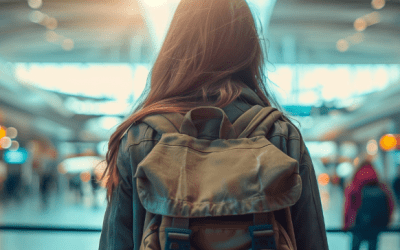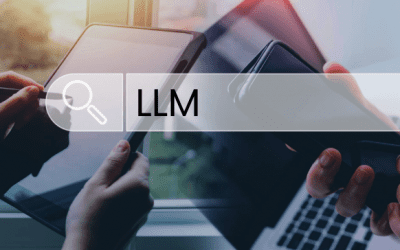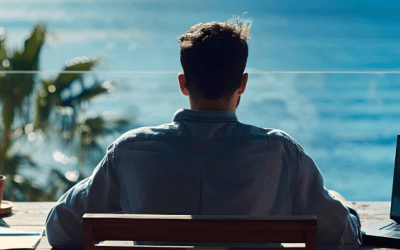Radisson Hotel Group, one of the most internationally recognized hotel chains, has established itself as a sector leader thanks to a digital strategy focused on user experience. In this analysis, we dive into how the brand structures and designs its landing pages, which elements drive conversions, and the role that personalization, visual content, and the latest digital trends play in its online ecosystem.
Design and Usability: Clean Structure and Intuitive Navigation
Radisson’s landing pages stand out for their minimalist, clean, and well-structured design. From the first visual impact, content hierarchy is clear: a central availability search bar, main navigation options at the top (explore hotels, offers, Radisson Rewards loyalty program), and additional resources at the bottom.
Navigation is smooth on both desktop and mobile. Transitions are seamless, buttons are appropriately sized for touch, and interactive elements are well distributed. The “less is more” principle is respected, which helps users avoid overwhelm and easily find the information they need.
Compared to other brands in the sector, such as Hilton or Marriott, Radisson offers a visually lighter experience, improving page load time and reducing friction.
Conversion Strategies: Clear CTAs and a Simplified Funnel
One of Radisson’s strengths is the optimization of its conversion funnel. The main CTA, “Search Hotels,” is present in multiple strategic locations: sticky header, mid-page, and within offer or featured destination sections. This conscious repetition ensures users always have a direct path to conversion.
The booking forms are well-designed: they ask only for essential information (destination, dates, number of guests) and provide instant results, encouraging quick decision-making. Additionally, Radisson frequently includes exclusive offers for registered members, promoting early sign-up and recurring visits.
Urgency and scarcity strategies are also used, with messages like “Last room available” or “Limited time offer,” nudging users to move quickly through the booking process.
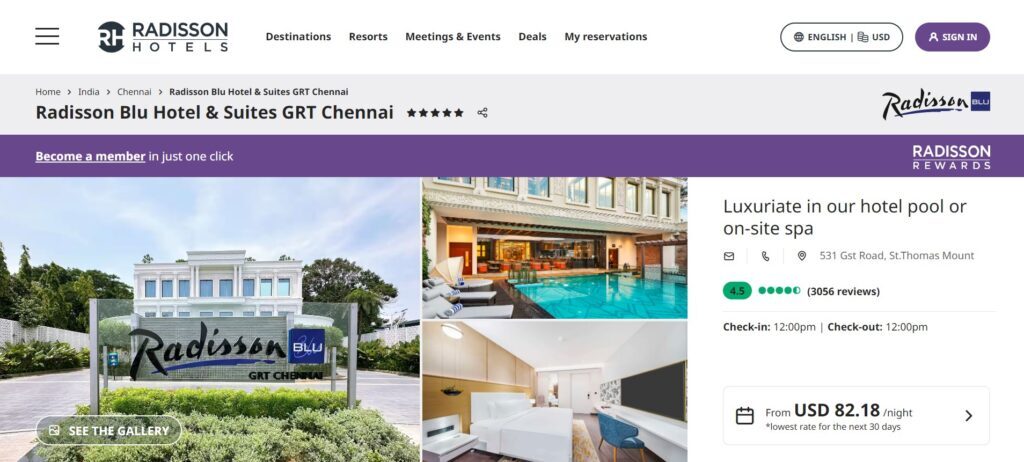
Storytelling and Visual Content: Elegance and Emotional Connection
Radisson leans on visual storytelling to convey comfort, sophistication, and trust. Hotel imagery is high-quality and showcases not only the facilities but also the experience: gourmet dining, special events, relaxing spa moments, or terraces with panoramic views.
Storytelling is present not only in the text but in the visual structure. Many landing pages begin with an immersive, emotional image followed by a clear value proposition: relaxation, accessible luxury, or memorable experiences.
Videos are used more selectively than in brands like Four Seasons but appear on specific destination or sub-brand pages (Radisson Collection, Radisson Blu) to capture attention and convey atmosphere.
In this context, solutions such as those offered by Smartvel could bring a differential value to Radisson’s landing pages. Through its automated destination content technology and interactive travel planners, Smartvel allows to show what to do in the destination in a personalized, updated and relevant way for each traveler. Integrating this type of dynamic content, such as local events, nearby points of interest or recommendations based on the user’s profile, would not only enrich the experience in the inspiration and decision phase, but also increase the time spent on the page, the perception of value and conversions.
Integration with Social Media and Digital Campaigns
Radisson has successfully integrated its digital campaigns with landing pages. For specific promotions, ads on platforms like Instagram or Facebook lead to campaign-specific landing pages with messaging tailored to the source channel.
Customer testimonials are also featured through rating and review systems. While user-generated content (UGC) is not directly shown, the inclusion of verified ratings enhances credibility in the decision-making process.
For remarketing, Radisson uses cookies and tracking technology to personalize messages in paid campaigns, reminding users of previously viewed hotels or showing promotions relevant to their interests.
Personalization and Segmentation: Relevance as a Key to Success
One of the most remarkable aspects of Radisson’s landing pages is their level of personalization. They use geolocation to first display hotels near the user’s location and even automatically adjust language and currency settings.
Additionally, user behavior directly influences the content displayed. If a user browses hotels in a specific city, future visits suggest destinations related to that location. This behavior-based approach increases message relevance and, therefore, conversion probability.
The Radisson Rewards loyalty program also adds a layer of personalization, offering tailored discounts, room upgrades, or exclusive deals to logged-in users.
Web Design Trends Applied
Radisson incorporates several of the most relevant current web design trends:
- Visual minimalism: few elements, generous white space, and strategic color use to highlight CTAs.
- Microinteractions: subtle animations on hover, parallax scrolling, buttons that shift slightly in shape or color.
- Mobile-first: excellent adaptability to small screens without losing functionality.
- Dark mode: used in some promotional sections to convey exclusivity and elegance.
Moreover, the modular design of the landing pages allows for easy updates based on campaigns or seasons, without requiring major redesigns.
SEO, SEM, and Performance Metrics
Radisson has effectively developed its SEO strategy. According to Sistrix data (May 2025), the brand’s main landing pages have shown consistent growth in organic visibility, especially destination-specific pages and offer-related content.
URL structures are clear and optimized, with relevant keywords and logical hierarchy (e.g., radissonhotels.com/en-us/destination/madrid). Titles and meta descriptions are well-defined, and schema markup is used to help index elements like reviews or FAQs.
In terms of SEM, Radisson runs active Google Ads campaigns targeting searches like “hotels in [city],” “luxury getaways,” or “hotel deals,” linking to highly targeted landing pages. These campaigns align perfectly with page content, improving Quality Score and reducing cost per click.
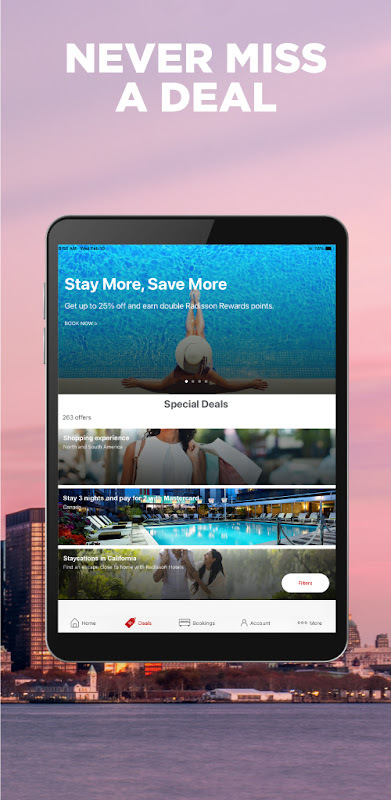
Technological Innovation and Interactive Experiences
While Radisson is not the most experimental chain when it comes to emerging tech like augmented reality, it has implemented useful interactive tools. Highlights include:
- Smart chatbot: available in the bottom right corner, it helps users with quick questions, recommendations, or direct contact with customer support.
- Booking assistant: guides users step-by-step through hotel and room selection.
- Immersive experiences: some premium hotel pages include 360° views of rooms and common areas.
These tools boost user trust and offer a more tangible sense of what the guest experience will be like.
While Radisson has developed a solid digital strategy, there are still opportunities for improvement in the visual and interactive realm. Rather than relying so heavily on static listings, the brand could integrate more immersive visual assets, such as contextual maps that show the location of hotels in relation to key points of interest, or inspirational maps that help promote seasonal campaigns, pilgrimage routes or themed getaways. These types of elements not only enrich navigation, but also enhance spatial and emotional understanding of the destination, facilitating faster decisions that are connected to the traveler’s interests.
Conclusion
Radisson has built a digital ecosystem that prioritizes user experience without losing sight of conversion goals. Its landing pages exemplify how simplicity, personalization, and high-quality visual content can combine to create effective, aesthetically pleasing pages that align with the latest digital trends in the travel sector. The approach, while more understated than some luxury competitors, is effective and consistent with Radisson’s global positioning.



